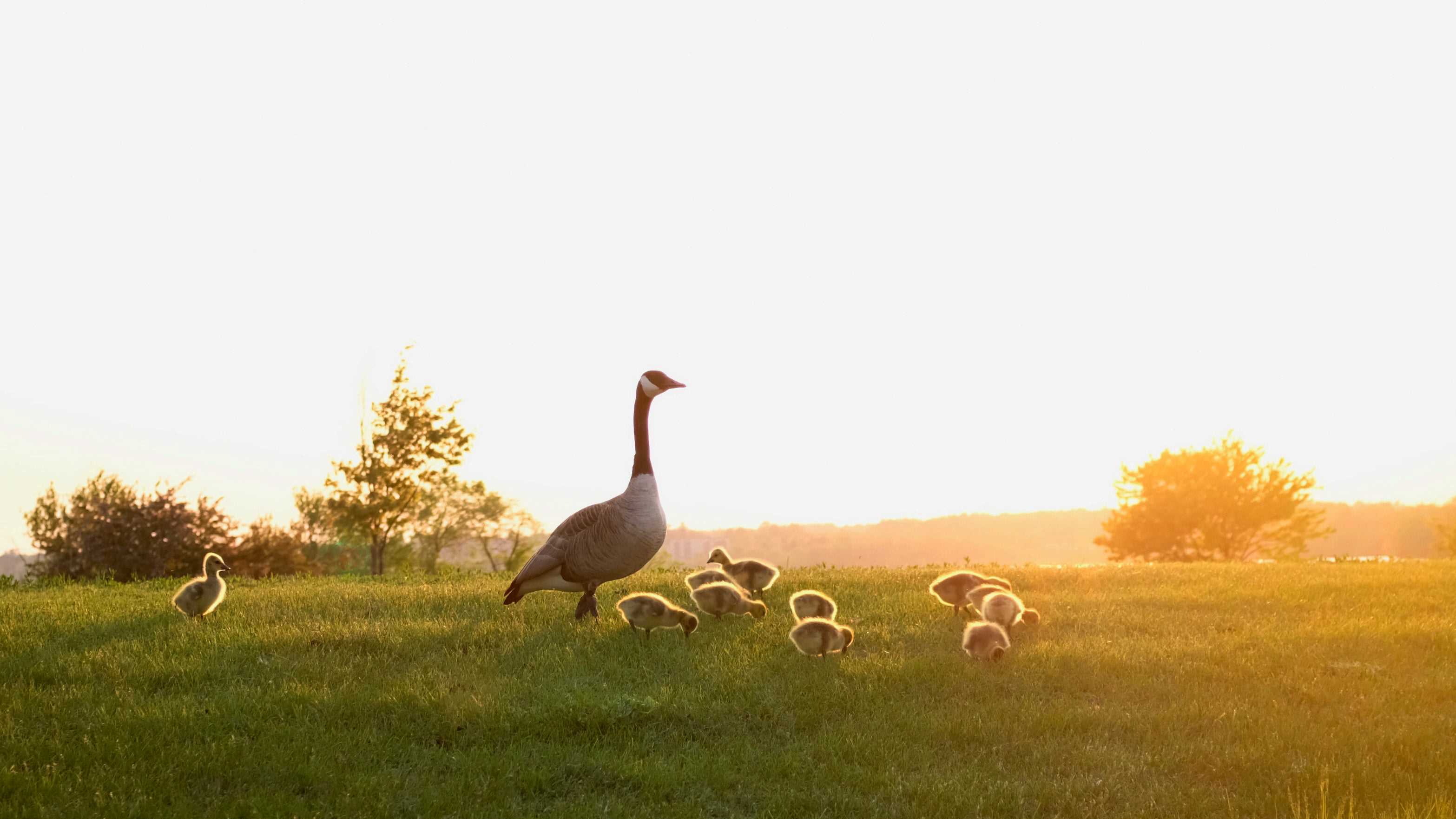The City of Airdrie maintains around 1 500 acres of parkland for the citizens’ enjoyment and ecological wellbeing. Although not all of it is designed to support the local wildlife, the city does have areas in and around it that are meant to be habitable ecosystems.
About 15 minutes west of Airdrie, there is a wonderful park called Big Hill Springs Park. Within Airdrie, just east of Williamstown, there is a lightly maintained reserve with walking trails through it, that I personally have seen Great Blue Herons nesting and resting in during their migratory journey. Another park in the heart of Airdrie, called Nose Creek Park, has natural areas to support muskrats, mink, hares, and a huge variety of terrestrial and waterfowl bird species! You can find Mallards, of course, but also Wigeons, Loons, and Wood Ducks, as well as Canadian Geese!
The region of Canada that Airdrie is located in supports nesting areas for a huge number of migratory species, including most of the fowl listed above. Besides Canadian Geese, a very notable and important bird found across Alberta is the Red Tailed Hawk. Here’s a fun fact, when you think you hear the call of a Bald Eagle in a movie, it is actually most likely the call of a Red Tailed Hawk! Bald Eagles sound more like seagulls.
Some charismatic mammals found in and around Airdrie are Moose and Bobcats! I know that having a predator such as a Bobcat in your area may seem scary, but they only hunt small mammals and do not interact with humans. I have seen Bobcats with my own eyes in Airdrie and Calgary, they are no larger than a medium-sized dog, and very shy- but also mysterious and graceful. Moose are also seen on the outskirts of the city. Although their description makes them sound like a large deer, they are magnificent and majestic arboreal creatures. During my childhood, I caught glimpses of huge cow Moose with their calves many times. Only once have I ever seen a fully grown bull Moose with a gigantic rack of antlers, and it was magical.
Although Airdrie may not seem like an ecological hotspot at first glance, if you explore a little deeper into the natural habitats in and around the city, you could see some amazing things! The city puts effort into maintaining waterways and watersheds that are the foundation of healthy habitats. Our region of Alberta hosts many animals that come and go with the seasons, giving you a wonderful variety of animals to observe. Please visit this page on the Government of Alberta website if you would like to learn about species at risk in Alberta! Airdrie is the perfect place for you and your family to get excited about the natural world and our place in it.

